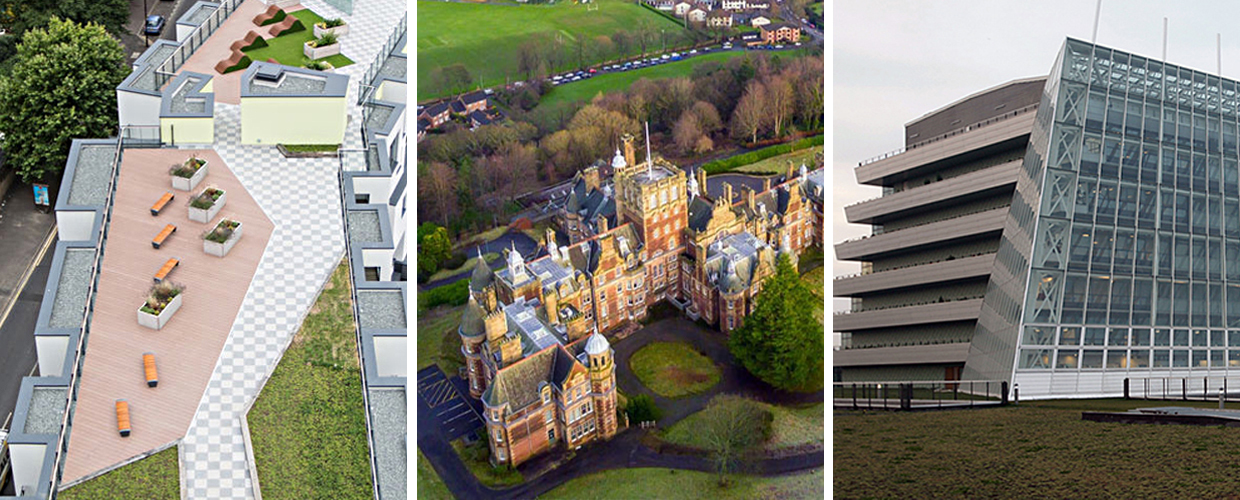Sustainable Retrofitting: Maximizing Energy Efficiency
In today’s world, where environmental concerns are more prominent than ever, sustainable retrofitting has become a crucial aspect of building renovation and design. With the aim of maximizing energy efficiency and reducing carbon footprint, sustainable retrofitting focuses on upgrading existing buildings to meet modern environmental standards.
Why Sustainable Retrofitting Matters
Sustainable retrofitting offers numerous benefits for both the environment and building owners. By improving energy efficiency, it significantly reduces greenhouse gas emissions and helps combat climate change. Additionally, it contributes to lower energy bills, enhances occupant comfort, and increases the overall value of the property.
One of the key aspects of sustainable retrofitting is the utilization of renewable energy sources. Installing solar panels, for example, can generate clean energy, reducing reliance on traditional power grids and promoting a greener approach to energy consumption.
Energy-Efficient Technologies
Several energy-efficient technologies are commonly employed in sustainable retrofitting projects. LED lighting, for instance, is a popular choice due to its long lifespan and low energy consumption. This technology not only decreases electricity usage but also reduces the need for frequent light bulb replacements.
Insulation is another critical component of sustainable retrofitting. Properly insulating buildings minimizes heat loss during colder months and reduces the need for excessive heating. This, in turn, leads to significant energy savings and a more comfortable indoor environment.
The Role of Smart Building Systems
Smart building systems play a crucial role in sustainable retrofitting. These systems incorporate advanced technologies such as sensors and automated controls to optimize energy usage. For example, smart thermostats can learn occupants’ preferences and adjust temperature settings accordingly, ensuring optimal comfort while minimizing energy waste.
Furthermore, efficient water management is an essential aspect of sustainable retrofitting. Implementing low-flow fixtures and rainwater harvesting systems can significantly reduce water consumption, benefiting both the environment and the building owners.
Conclusion
Sustainable retrofitting is an essential approach to address environmental challenges and improve energy efficiency in existing buildings. By adopting energy-efficient technologies, utilizing renewable energy sources, and implementing smart building systems, we can create more sustainable and eco-friendly spaces for a better future.
